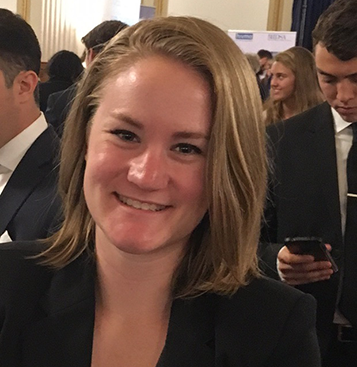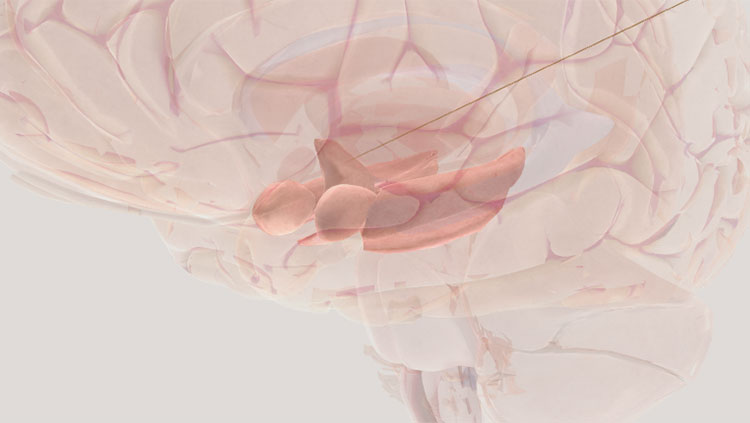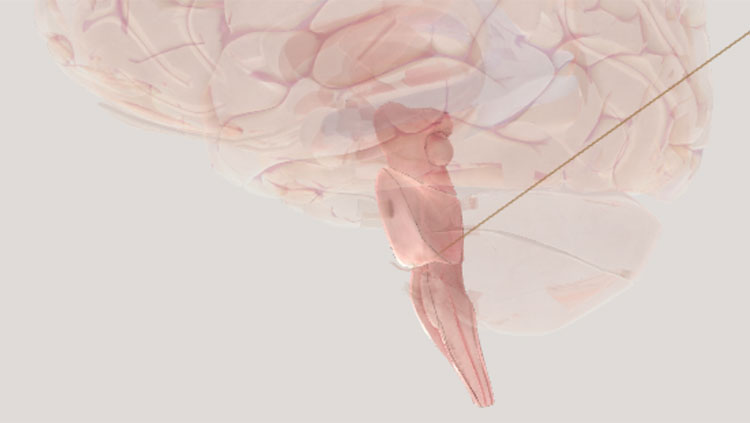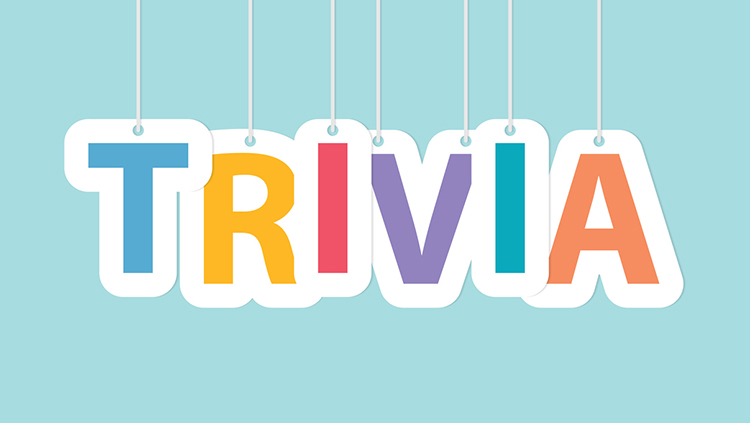Paper Roll Neuroscientist
- Published16 Feb 2018
- Reviewed16 Feb 2018
- Author Emma Lindberg
- Source BrainFacts/SfN
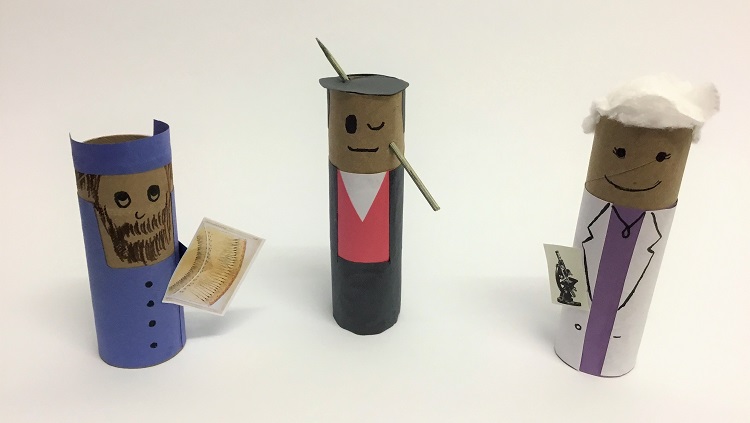
Synopsis
Santiago Ramón y Cajal has been called the “father of neuroscience.” May-Britt Moser received the 2014 Nobel Prize in Physiology or Medicine for her research on the brain’s GPS. Phineas Gage survived a railroad construction accident that led to research of the frontal lobe and personality disorders. In this activity, your students will learn about neuroscientists, case studies, and discoveries, as they write a speech and build a paper roll model.
Objectives
At the end of this activity students will:
- Be able to research a scientific topic
- Be able to clearly and concisely explain a scientific discovery or idea
Teacher Background
In this activity, students will learn about the people that have shaped the field of neuroscience. Students will research scientists and case studies to understand how different research and discoveries came to be. Once they have selected a person of interest, students will create a mini model out of paper rolls. For an example, see this toilet paper roll model of Albert Einstein.
After they complete their paper roll models, students will spend a few minutes presenting their subject to the class.
Materials Needed
- One empty toilet paper or paper towel roll per student
- Art supplies of your choosing, such as:
- Paint
- Yarn
- Markers or crayons
- Cotton balls
- Googly eyes
- Colored construction paper
- Scissors
Suggested Neuroscientists and Case Studies
- Santiago Ramón y Cajal
- May-Britt Moser
- Vilayanur S. Ramachandran
- Monsieur Leborgne or “Patient Tan”
- Rita Levi-Montalcini
- Phineas Gage
- Marian Diamond
- Eric Kandel
- Camillo Golgi
- Pierre Paul Broca
- Henry Gustav Molaison or “Patient HM”
- Carl Hart
- Or, use the Find A Neuroscientist to learn about a scientist near you
Instructions
- Spend some time discussing the field of neuroscience with your students. Make sure to touch on basic research and the impact it has had on neuroscience discoveries.
- Ask your students if they know of any famous neuroscientists or case studies. Spend some time discussing at least two or three additional people from the field of neuroscience that you will use as examples during this exercise.
- Direct your students to research different neuroscientists and patient case studies. Ask each student to create a list of 3-5 people that interest them.
- Select one name from each student’s list and ask them to do more in-depth research on him/her. If students are presenting their neuroscientist or case study to the class, try to make sure there are no duplicates.
- Once students have spent some time researching their person, ask them to write a short two-minute speech that they will present to the class.
- If the student chose to focus on a neuroscientist, ask them to talk about his/her research. For example, Santiago Ramón y Cajal made extensively detailed drawings of neural material.
- If the student chose to talk about a case study, ask why that person was essential to a neuroscience discovery. For example, Phineas Gage’s accident sparked debates and research into the brain's role in determining personality.
- Distribute one paper roll to each student. Tell your students that they are to use the art supplies to decorate their paper roll to look like their scientist or case study. They will display their model when they give their presentation.
CONTENT PROVIDED BY
BrainFacts/SfN
Also In For the Classroom
Trending
Popular articles on BrainFacts.org


